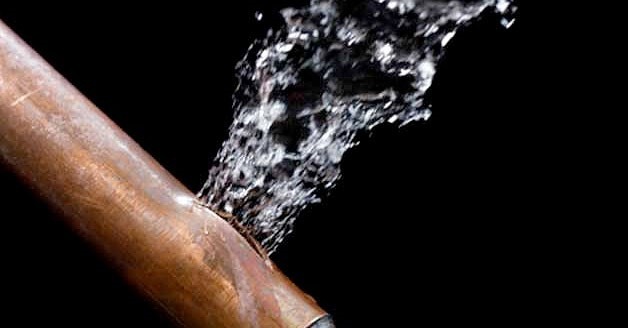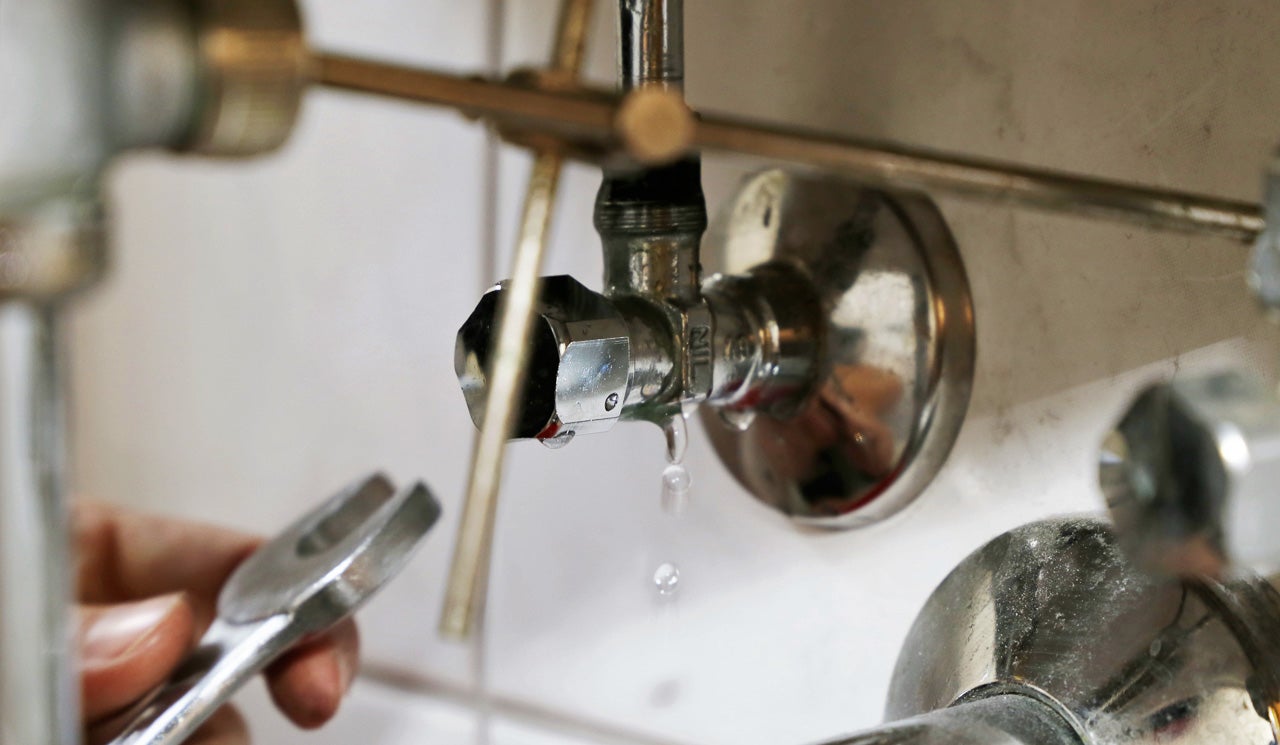Exactly how to Locate as well as Repair Work Water Leaks-- A Comprehensive Overview
Exactly how to Locate as well as Repair Work Water Leaks-- A Comprehensive Overview
Blog Article
Presented here in the next paragraph you'll find lots of extremely good facts regarding Finding hidden leaks.

Early discovery of leaking water lines can alleviate a potential disaster. Some tiny water leakages may not be visible.
1. Examine the Water Meter
Examining it is a guaranteed method that aids you discover leakages. If it moves, that suggests a fast-moving leak. This suggests you may have a slow-moving leakage that might even be underground.
2. Check Water Consumption
If you spot sudden modifications, in spite of your consumption being the exact same, it suggests that you have leaks in your plumbing system. An abrupt spike in your expense shows a fast-moving leakage.
A consistent boost every month, also with the very same behaviors, shows you have a slow leakage that's also gradually escalating. Call a plumber to thoroughly inspect your residential or commercial property, particularly if you feel a warm area on your floor with piping below.
3. Do a Food Coloring Examination
30% comes from commodes when it comes to water usage. Test to see if they are running correctly. Decline specks of food color in the container and wait 10 mins. There's a leak in between the tank and bowl if the shade in some way infiltrates your bowl throughout that time without flushing.
4. Asses Outside Lines
Don't forget to inspect your outdoor water lines as well. Test spigots by connecting a yard hose. Needs to water seep out of the connection, you have a loosened rubber gasket. Change this as well as guarantee all connections are limited. It will help get it professionally took a look at as well as kept every year if you have actually obtained a lawn sprinkler system. One tiny leakage can lose tons of water as well as increase your water bill.
5. Check and also Evaluate the Scenario
Homeowners must make it a behavior to inspect under the sink counters and also also inside cabinets for any type of bad odor or mold and mildew growth. These 2 red flags show a leakage so prompt interest is called for. Doing routine assessments, also bi-annually, can conserve you from a major issue.
Examine for discolorations as well as damaging as most devices as well as pipes have a life span. If you presume leaking water lines in your plumbing system, don't wait for it to escalate.
Early discovery of leaking water lines can mitigate a potential catastrophe. Some small water leaks might not be visible. Examining it is a surefire method that aids you uncover leaks. One small leak can throw away bunches of water and also increase your water costs.
If you think dripping water lines in your plumbing system, don't wait for it to intensify.
How to Know If Your Home Has a Hidden Leak
Water Meter Reveals Inexplicable Water Usage
If you’d like to test whether or not there’s a leak somewhere in your home, you can do this using your water meter. Here is how to conduct the test:
Don’t use any water in your home for at least 30 minutes; this also means not turning on faucets or water-using appliances.
Go outside, and check your water meter for activity.
If your water meter shows that there was activity, even though no one was using any water, this proves that there is a leak in your home.Visible Mold or Mildew Growth
Leaks behind walls create moist, dark environments that allow mold and mildew to grow and thrive. Eventually, you might see mold growth forming on the wall closest to a hidden leak.
If mold is growing in an area that receives a high amount of moisture, such as a bathroom, it may simply be an indication that better ventilation is needed. However, if you see mold growth on a wall or the ceiling in an area where you would not expect, you probably have a hidden leak.
Musty, Mildew Odor
Sometimes you might not be able to see the mold or mildew that is growing as a result of a leak. However, the smell can give the problem away just as easily. If you catch a whiff of something musty, there’s a good chance that old water is collecting somewhere in your home that you can’t see.
Stained/Warped Walls, Ceilings, or Floors
When your home soaks up water, a variety of red flags can become visible, including ceiling stains, bubbling drywall, warped walls, and sagging floors. While these issues can be caused by excess humidity, they can also be signs that a pipe or plumbing connection has started leaking behind your walls.
Inexplicably High Water Bill
After a while, you get a general sense for what your water bill should be. If you own a pool or sprinkler system, your bill will tend to be higher during summer. However, if you receive a water bill that seems especially high, and you can’t figure out what caused it, then you may have a hidden leak somewhere that’s increasing your bill.
https://www.plumbingjoint.com/blog/2019/july/how-to-know-if-your-home-has-a-hidden-leak/

Hopefully you liked our section about Hacks to detect leaks. Thanks so much for finding the time to read our article post. If you liked our article if you please remember to pass it around. We appreciate reading our article about Locating water leaks.
Report this page